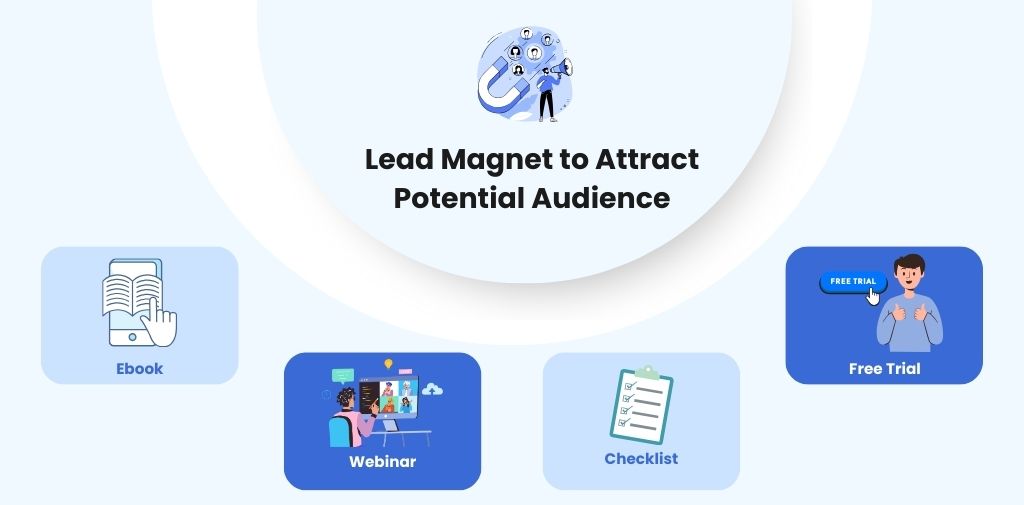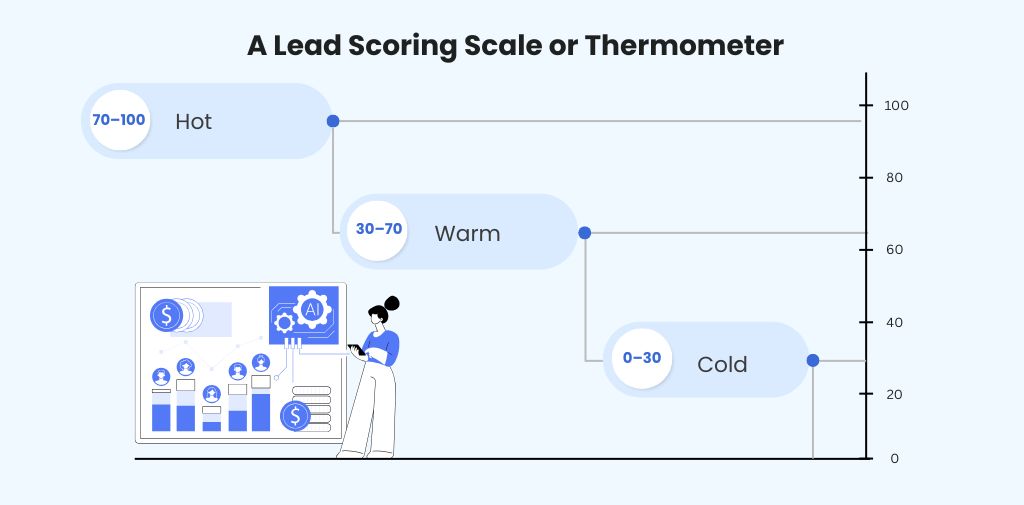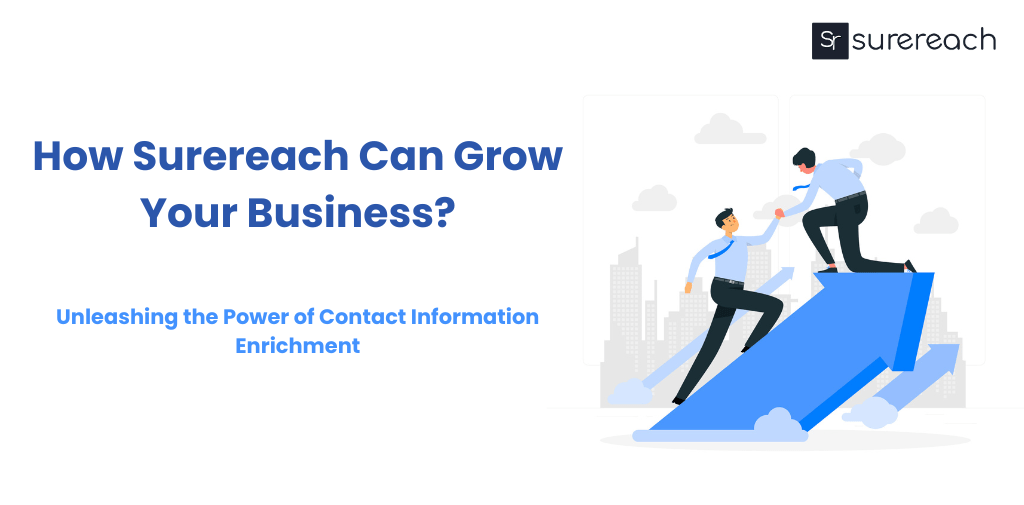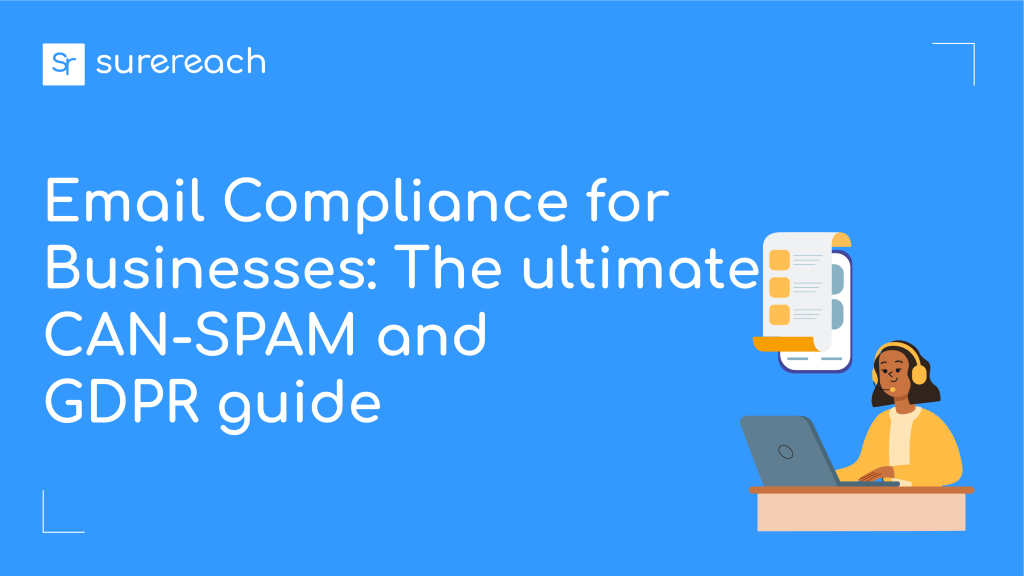A perfect lead generation process is an essential component of a B2B business. It focused on target marketing and reaching potential customers. Whether you are a marketer or a salesperson, following a lead generation process is crucial. It reduces issues like low-quality leads and high customer acquisition costs. To know more about the lead generation process, read the guide.
What is the Lead Generation Process?
Lead Generation Process involves various steps that help in generating interest of potential customer for your product or service. It main aim is to make customer buy your product and services.
Lead Generation Process Steps
Step 1 Understanding Your Target Audience
Understanding your target audience and their pain points is crucial. A large crowd is not going to be your ideal customer. You need to find the specific group or industry that needs your product or service.
What to Do:
First, identify your potential person or business that needs your product or service.
Create Buyer Personas
- These are things that describe your potential customer:
- Age, gender, location.
- Job role in industry.
- Pain points or challenges.
- Goals and interests.
Step 2: Lead Magnet to Attract Potential Audience
You need to understand that your audience is available on various platforms filled with lots of stuff. Good content or lead magnet solves the problem and provides a valuable answer to the customer’s query.
The content should be easy to understand, quick to access, and relevant. Some examples of lead magnets are ebooks, Free trials, webinars, Discount Offers, etc.
Step 3: Get Traffic from Channels
Use various platforms to reach your target audience.
- Social Media
You should share offers on the platforms like Instagram, Facebook, LinkedIn, and Twitter. Include an eye-catching title, image, reel, or short video to promote your lead magnet. Make an effective calendar to post regularly and engage with your followers.
- Ads
Run targeted ads on Google and Social Media Platforms to reach users who are interested in your product and services. Paid Ads provide instant visibility and reach to quality leads.
- Blog and Article
Write content related to your product and services that your audience is actively searching. You can use the lead magnet as a free download or a call to action (CTA) inside the blog.
- Email Marketing
Email Marketing helps to connect with potential customers by sending offers and product updates. It builds trust and encourages customers to buy your product and service.
Sign up and get 20 credits for free!
We have 3 million+ contacts stored to connect you with prospects all over India
Step 4: Capture Leads Using Forms
When you get’s succeed in getting the traffic to your website. Your next step will be collecting contact information (Email ID and Phone Number). You need to use lead capture forms.
You should place forms at Landing Pages, Popups, Website Contact Pages, and on Social Media Platforms.
(You can also use Surereach phone number and email ID finder to get contact information from the prospect’s profile.)
Step 5: Store and Manage Leads
After capturing the lead, the next step is to organize and manage. The proper storage and management help in follow-up and reduce the risk of missing. You can use a CRM tool that helps you store, track, and manage all leads in a single place. You need to focus on consistent follow-ups.
Step 6: Lead Nurturing
Lead nurturing is essential to build a relationship with customers. Your goal is to provide value to customers so that they become ready to buy your product and service. Send emails, newsletter case studies, product updates, etc. It is an important step of the lead generation process.
Step 7: Qualify Your Leads
Lead qualification helps you figure out which ones are most likely to make a purchase. You can qualify leads by tracking lead action, like whether they click on emails, download a resource, etc. You can assign a score based on the interaction of the lead. Leads who show interest are more likely to buy. If you group leads in hot, warm, or cold categories, you can target them with the right follow-up.
Step 8: Convert Leads into Customers
This process involves sending personalized offers that match the lead’s interests.Share leads to sales team to invite the customer for demos and calls. After that, it will depend on the sales team to make them purchase through sharing pricing and benefits.
Conclusion
The process of generating leads can be crucial to increase sales as well as reduce the expenses for acquiring customers. The focus is on attracting an appropriate audience to improve opportunities for sales, and also getting rid of leads that are not high-quality. The lead generation process involves some essential steps, including finding the target audience, creating lead magnets, capturing the attention of people who are watching through the content, collecting information about them, and influencing them to purchase.
FAQs
How do you generate leads step by step?
Find your potential audience > create engaging content > attract visitors> capture contact information > nurture leads > convert into purchase.
What is the role of the lead generation process?
The role of lead generation is to attract potential audiences and convert them into sales.










Vijay kandari
More posts by vijay kandari